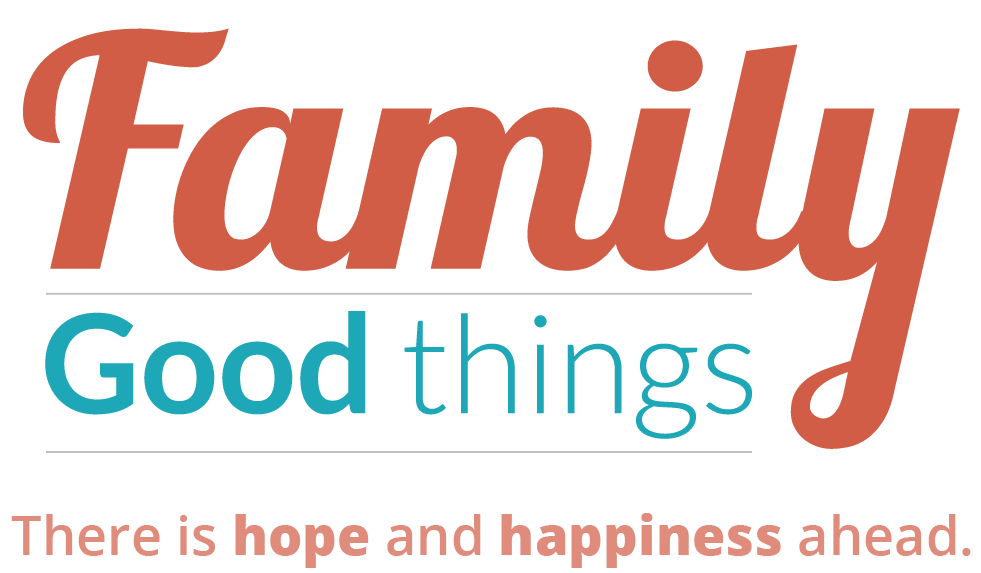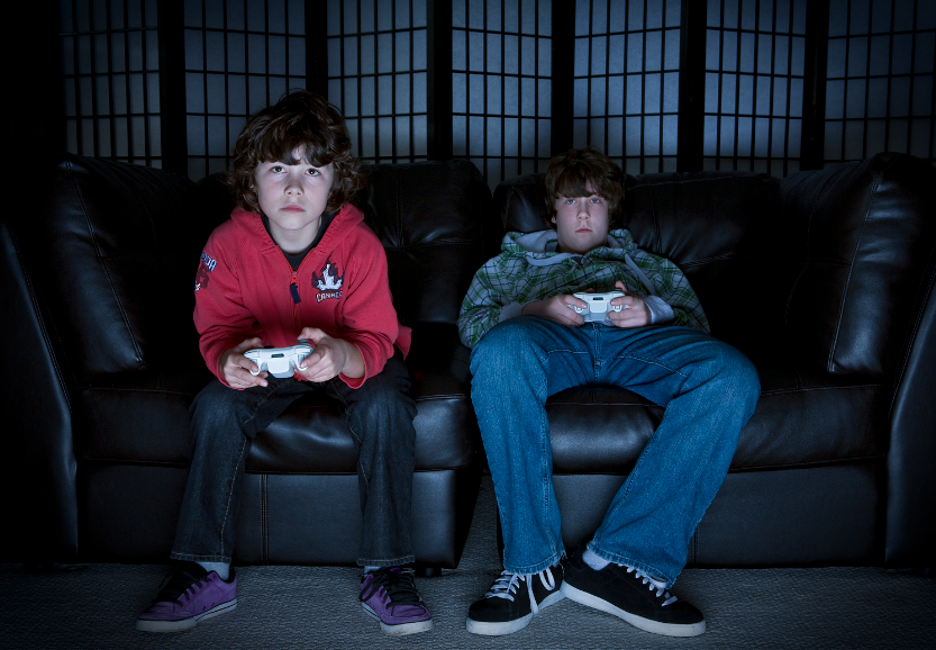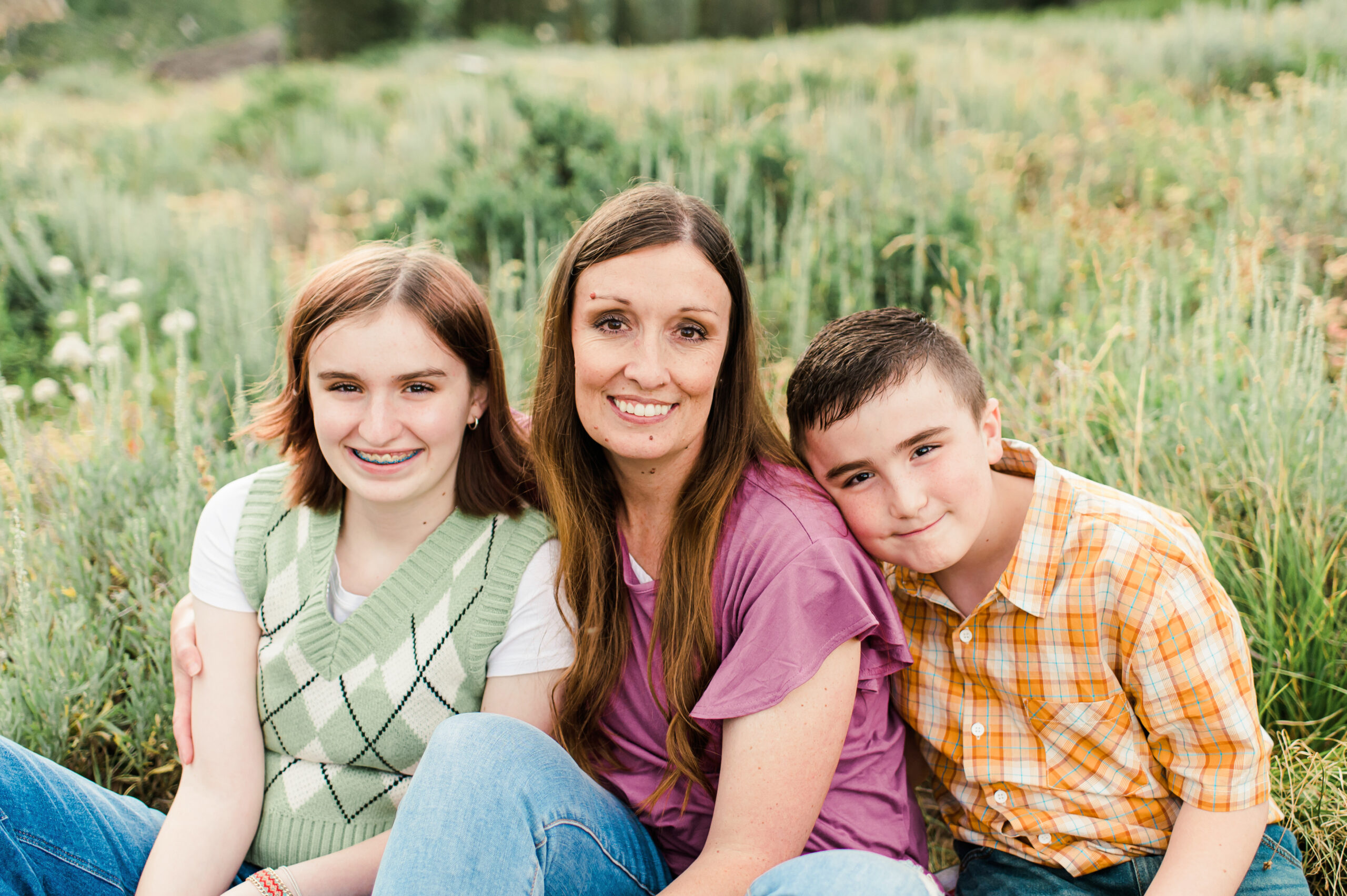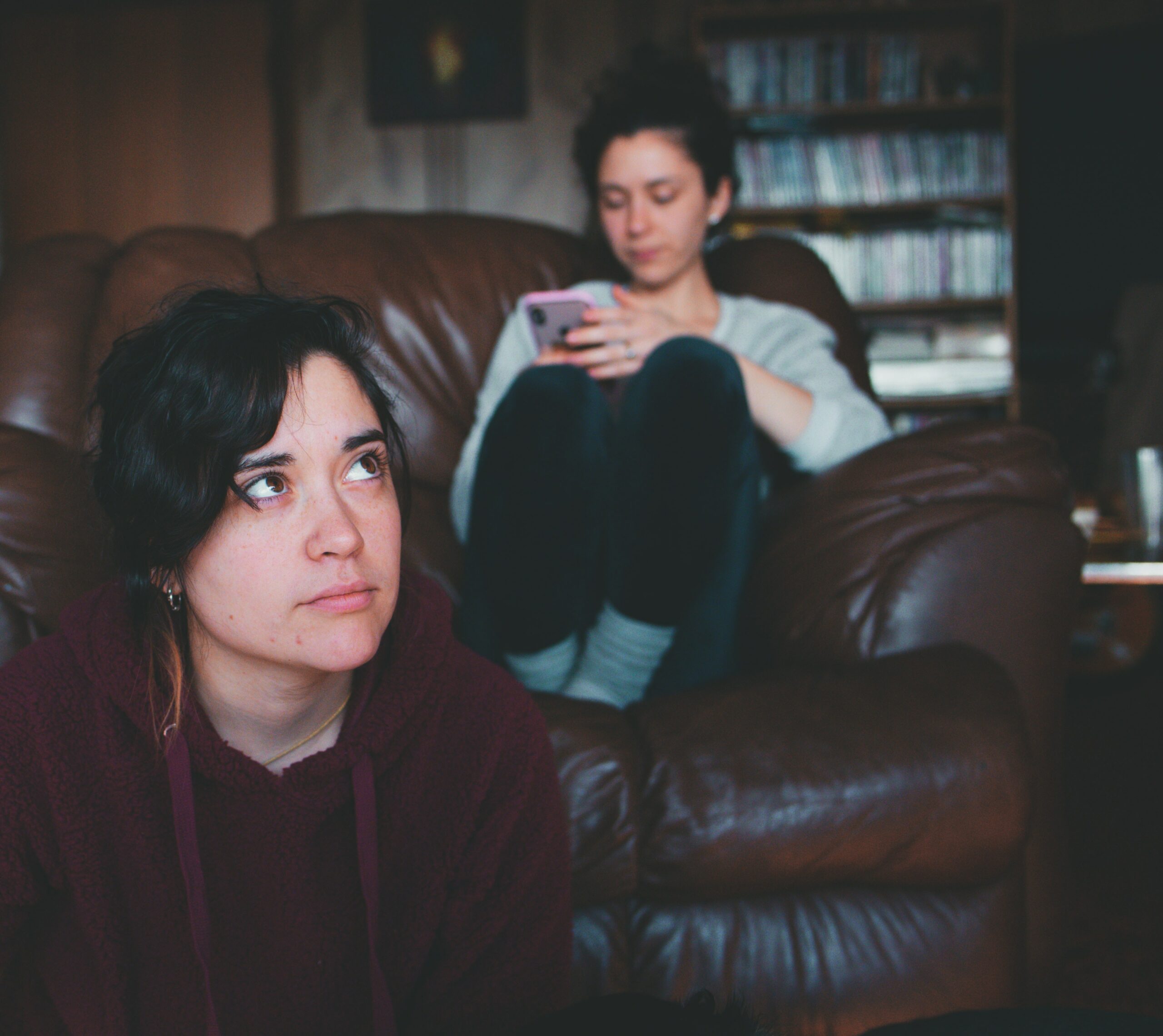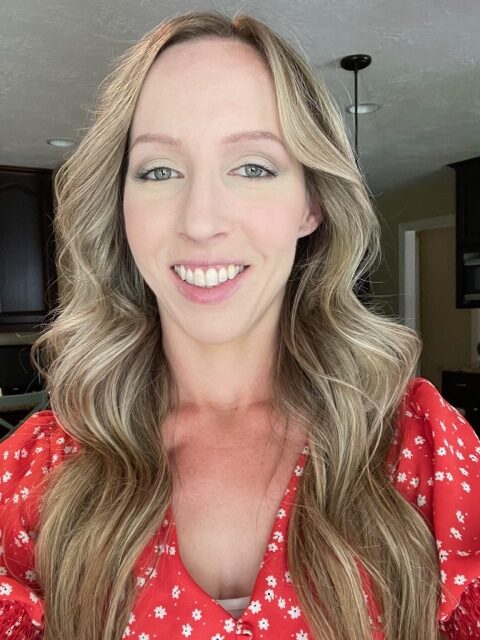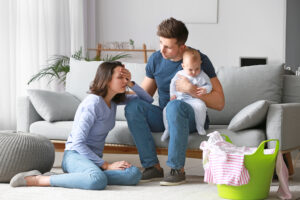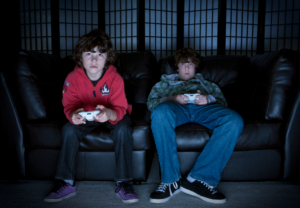Tears of the Parent
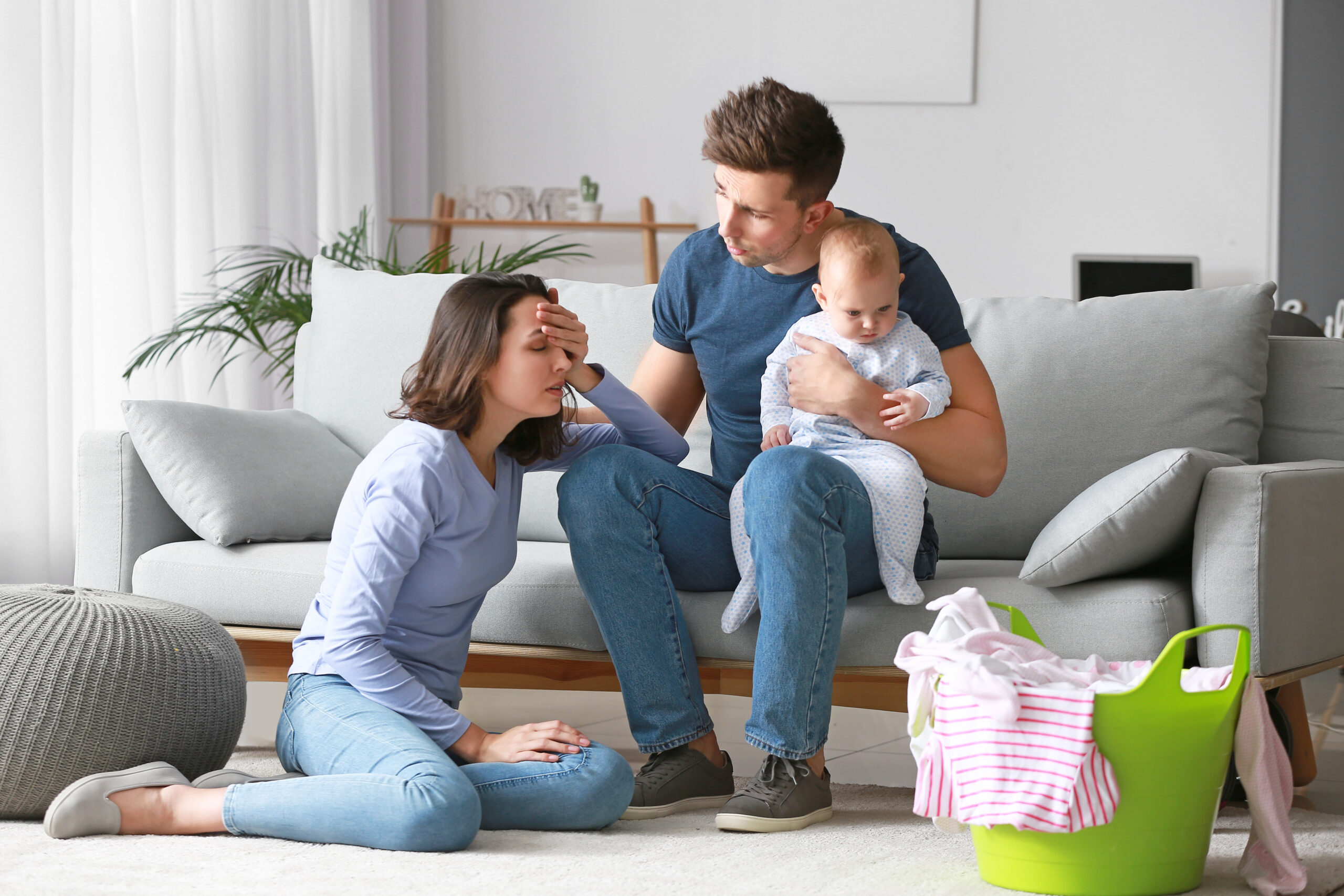
The crying started when I was eight. It came and went as I grew, but mostly it came. As a new mother, all I wanted was to be happy. But I wasn’t. My dreams of becoming a mother were fulfilled with the birth of my oldest child, Harrison. But the tears kept coming. Occasionally, I would have bouts of energy. Sometimes I didn’t need sleep. Other times, I slept all day. Years later, I learned I have bipolar disorder. The proper medications and psychiatry helped ease the crying. My emotions evened, and my energy levels became more consistent. I found I could mostly be happy. But what was the effect on my children?
Having Bipolar Disorder
Bipolar disorder, according to the Substance Abuse and Mental Health Services Administration (SAMHSA), is a severe mental illness causing unusual mood shifts ranging from extreme highs known as “manic” episodes to extreme lows known as “depressive” episodes.
In the article, “This Is What It’s Like to Actually Live With Bipolar Disorder”, twenty-nine-year-old Danielle described being bipolar as having intense mood swings and extreme overreactions to everyday situations. Danielle would go from deeply insecure to super confident. She also had thoughts of worthlessness and suicide, along with bouts of creativity.
Danielle was diagnosed with bipolar disorder, just like me. We both experience highs and lows that affect our everyday living, as do others with bipolar disorder.
Who does Bipolar affect?
The Depression and Bipolar Support Alliance reports the following:
- 5.7 million adults, or 2.6%, have bipolar disorder.
- Bipolar disorder can be diagnosed as early as childhood or as late as the 40’s or 50’s.
- Most people are diagnosed around the age of 25.
- Bipolar disorder affects all types of people. It does not discriminate between men and women, age, race, ethnic group, or social class.
- Heredity can have an effect. Two-thirds of those diagnosed have relatives with bipolar disorder.
How are children affected?
If bipolar disorder affects Danielle and me so severely, how does it affect the children of the 5.7 million adult Americans struggling with this?
The results of one study show that families who struggle with bipolar disorder report lower levels of family cohesion, expressiveness, and higher levels of conflict compared to families that don’t struggle with bipolar.
Another study suggests that children are at an increased risk for developing mood and other disorders when their parent is bipolar.
Therefore, children of bipolar parents are more likely to develop mood disorders as compared to children without bipolar parents. This is not only because bipolar can be hereditary but also because the home can be less stable, causing anxiety, depression, and other mental illnesses. The family life of those with bipolar disorder has less family cohesion. When a parent withdraws or is distant because of their mental illness, it can leave the family feeling less of a unit and more like individuals trying to survive. Families with bipolar parents are known to have a distressed family environment. The children and spouse of a parent with bipolar can feel troubled at home.
The studies show that life with a bipolar parent present unique and difficult challenges.
What happened to Harrison?
Harrison grew up with me not always being emotionally stable. I slept a lot, cried a lot, was creative and energetic at times, and irritable at times. I did my best to hide the hard parts and explain the visible parts.
So how is he now? Harrison is nineteen and away at college. He texts me every day. “Hi, Mom. How are you?” He is happy, well-adjusted, kind, caring, compassionate, and empathetic. Harrison wants to be a counselor.
Was Harrison affected by me as a bipolar mother? Of course, but despite the unique challenges we faced as a family, he has learned how to handle those challenges and become better from them. He let me rest when I needed rest and asked if I was ok. He offered hugs when my eyes were red from crying. He was not responsible for caring for me, but he was kind and gentle. He learned to listen to his friends. They call him when they are struggling. He offers his friends support and asks me to pray for them. The effects of having a bipolar mom not only shaped the course of Harrison’s life but put it on a trajectory to help others. Not every child will have the same outcome and that’s okay! Every child has a different personality and experience in life. Though they will face many challenges there are things that can be done to help them as they navigate life with a bipolar parent.
What you can do as a bipolar parent
If you are a parent and have bipolar disorder, there are steps you can take to help yourself and your family.
- Take your medication and get psychiatric help. Don’t skip the pills or miss your appointments. Your mind and body need consistency.
- Take care of your body. Eat regular meals, get a good night’s rest, drink plenty of water, and get your body moving.
- Be honest and open with your children. Explain how you feel and what you are going through in an age-appropriate way. Sometimes, simply saying, “I’m feeling sad today,” can help ease a child’s mind.
- Be gentle with yourself and show yourself grace. Don’t beat yourself up. You can do this.
Can life be hard for a child with a bipolar parent? Of course! But it doesn’t have to be grim. No family will look like mine, and everyone will learn how to manage bipolar disorder in different ways. But there is hope. Look at Harrison.

My name is Kendra Cuzick. I am studying marriage and family at BYU-Idaho. I teach preschool and write children’s books. I advocate for mental health by writing a weekly blog called, “How Are You Monday”. Supporting others with their mental health is important to me as I can personally empathize with them because of my own mental health struggles. I live in Phoenix, Arizona, with my husband and five children
